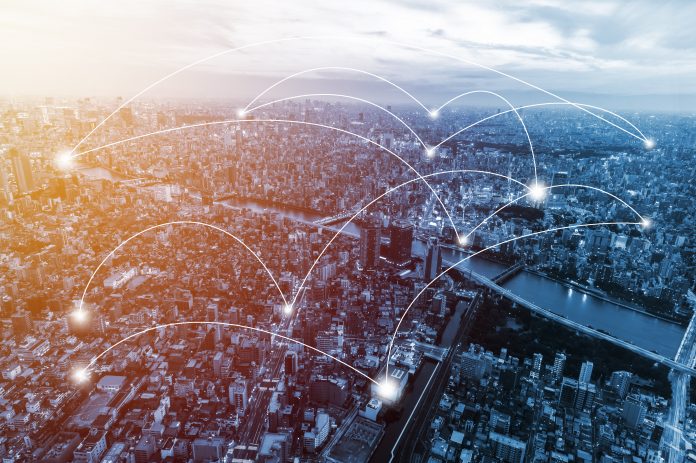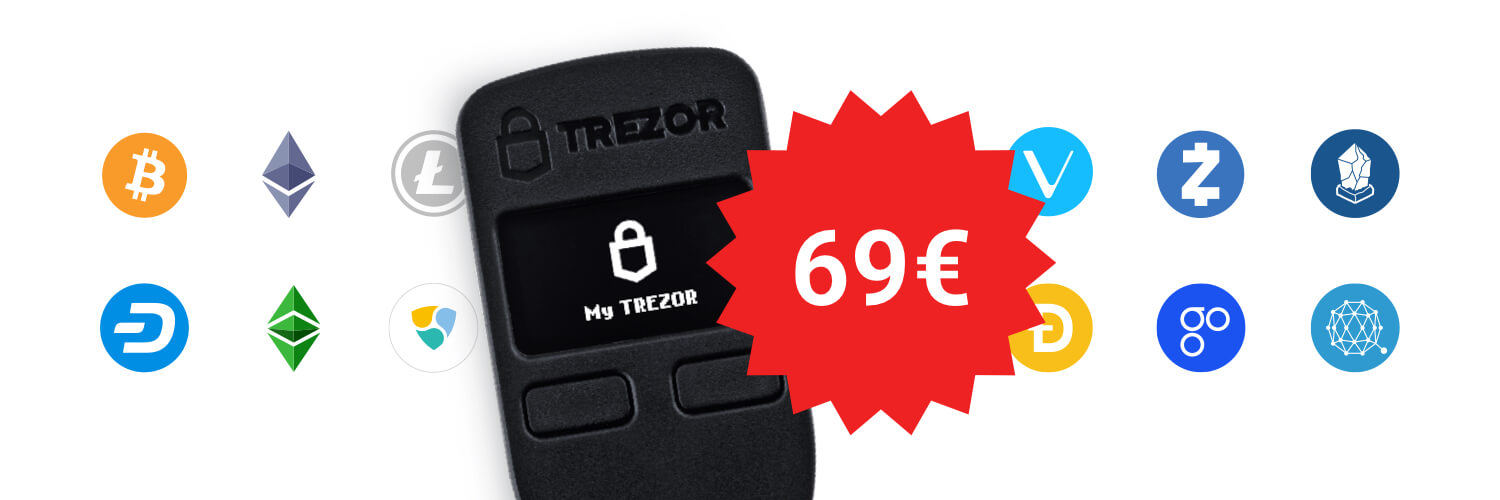To begin with, Blockchain is a database. In computer science, a database is the place where the system stores its information — for example, product names and prices in an e-shop, YouTube videos, or Facebook statuses. Centralized databases are the most common nowadays. That a database is centralized means that the system has one large data center with a massive amount of hard drives and a fast connection that keeps vast amounts of information flowing. The problem with this approach is evident. If you can destroy the data center, you destroy the data. Of course, nowadays, most services use hundreds of data centers, so if there is a power outage in one, nothing will happen; the system will automatically serve users from other server. However, it is fundamentally impossible to solve some problems of centralized databases.
A centralized database of Blockchain
The first problem with centralized databases is that they give a lot of power to a small group of people. In today’s world, information means money. He who has one has the other. Large companies can use them for so-called targeted advertising, in which robots track your internet history and try to lure you into buying ads that you probably don’t even need. Worse, this information about you is sold to the government. This can then be used for spying. There are many possibilities, and the risk of abuse is high.
Let’s ask a question. What would happen if such a centralized network provided all Bitcoin features? If a centralized system supplied all transactions, authentication, encryption? Well, Bitcoin wouldn’t be much different from the classic fiat money we’re used to. Well, except for one little thing. The bitcoin unit would be zero because there is no state behind it. Nobody would accept bitcoin as a means of payment, not to mention that it would be very costly to ensure the operation of Bitcoin.
The solution is decentralization
That’s why Bitcoin and 99% of the other cryptocurrencies are distributed! It works with technology known as Blockchain. It is a kind of distributed database that takes care of itself. There is no weak point in it. No attack site. Nobody controls it. It doesn’t need enormous datacenters and large businesses to keep the technology running. On the contrary, it runs on millions of computers owned by ordinary people, “miners“, who mine cryptocurrencies.
“Blockchain is a permanent network of economic transactions that in the future
it can serve not only finance but anything of value.”
Don & Alex Tapscott, authors of Blockchain Revolution (2016)
The whole concept of mining Bitcoin (and other cryptocurrencies) is exciting. Blockchain is a network where security is a priority. The hash algorithm massively encrypts all data. If you want to become part of a system, you offer part of the computing power of your computer. Your task now is to find the next block of transactions. How? It would help if you somehow found out his hash. How? By using your computer and randomly starting to try different hashes. If you hit first, you will get a sweet reward.
The bitcoin blockchain is designed to take ~ 10 minutes to search for one block. If other miners are added, the difficulty of mining will increase. So adding new computing power will not increase network speed. We stay on one new block every ten minutes.
What is the block good for? It contains transactions. Each network node checks these transactions after a new block is extracted, and if all of them are valid, the neighborhood is added to the longest chain. Hence the name – Blockchain.








